'Grass Finished' v's 'Feedlot Finished' cattle
Currently around 40-50% of Australian cattle is finished in feedlots with a whopping >80% of all beef heading for the export market. But it's worth noting the semantics around this topic with many manufactures throwing the term 'grass fed' on their products despite their beef sourced being finished in feedlots.
This is one of the problems the food industry has with limited surveillance and checks to verify the integrity and honesty of such claims.
All beef begins its life on grass!
Which makes the term 'grass-fed' a somewhat squirly one
The all important issue is how the animal spends its final days, weeks or months before going to slaughter. This determines whether it's grass finished or feedlot finished and how much disruption and distress the beast may have endured.
Time spent in feedlots can range for 35 days to 400 days depending on starting weight of animal, breed and goal weight. Typically animals spend between 50-120 days in a feedlot.
The beasts' are fed a composite of grains including rye, sorghum, millet, wheat and soy in a bid to fatten the animal up in the most efficient way.
The net result is an unhealthy beast....in my opinion. Fattened on an unfamiliar and unnatural diet whilst being confined to pens. Again, the net result is an unhealthy beast. As an exercise specialist and nutritionist I'm reasonably schooled on the ramifications of reducing movement and increasing calories on humans but somehow we completely accept this is par-for-the-course with cattle.
This methodology is a far cry from regenerative or subsistence farming, it's a wildly grotesque version in my opinion and reflects how cattle have become highly commoditised.
Mort and Co (Australia largest feedlot in QLD) boasts 1000+ tonnes of freshly milled ration fed to cattle daily, whilst it can feed 100,000 head of cattle at any one time. The stats are there to be seen on their website https://www.mortco.com.au/ Not stats I'd be proud to boast but hey ho. And let's not get into the amount of land, water resources and chemicals it takes to grow enough grains to feed the cattle.
This is an upside system!!!

Image above is from Mort and Co which is the largest feedlot in QLD, Australia.
For an animal to relocate to a feedlot brings about significant change to the animals' environment. With no organic matter under its hooves and limited room to move the risk of fecal contamination is dramatically amplified, and so is the preventative immunisation program.
The animal as a positive 'tool' in the carbon cycle is curtailed immediately after leaving a paddock. No longer is the animal eating grass, urinating, defecating and moving-on to enrich the soil, enhance photosynthesis and up-regulate carbon sequestration. And this is the stunning difference between intensive farming and regenerative farming. Both paths produce beef but only one takes into account the welfare of the beast during it's final phase of life and it's integral role it plays in soil ecology.
I'm not demonising any one farmer, more it's a reflection of us as a species and what lengths we are prepared to go to control costs and maximise yields that I find fascinating. But I'm hopeful we have reached the outer limits on how commodified another species can be as we begin to rebound back to systems which include a higher degree of animal husbandry and soil health.
I go into more depth on this topic here
Thanks - Scott
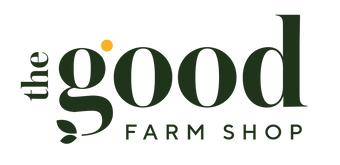
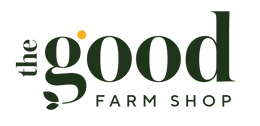
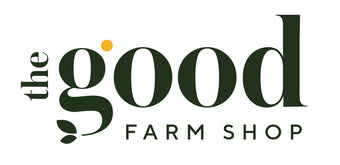
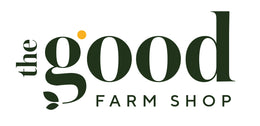
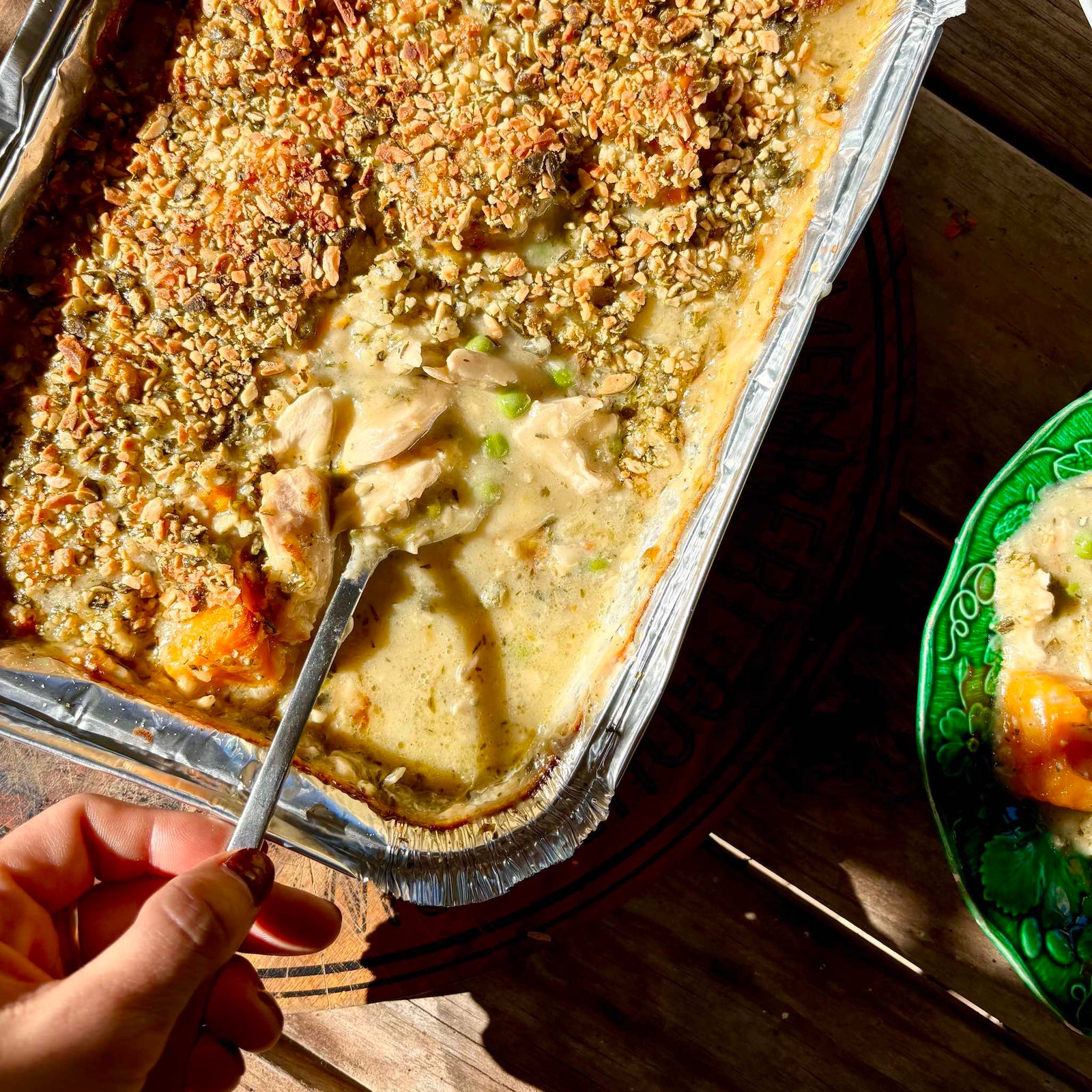
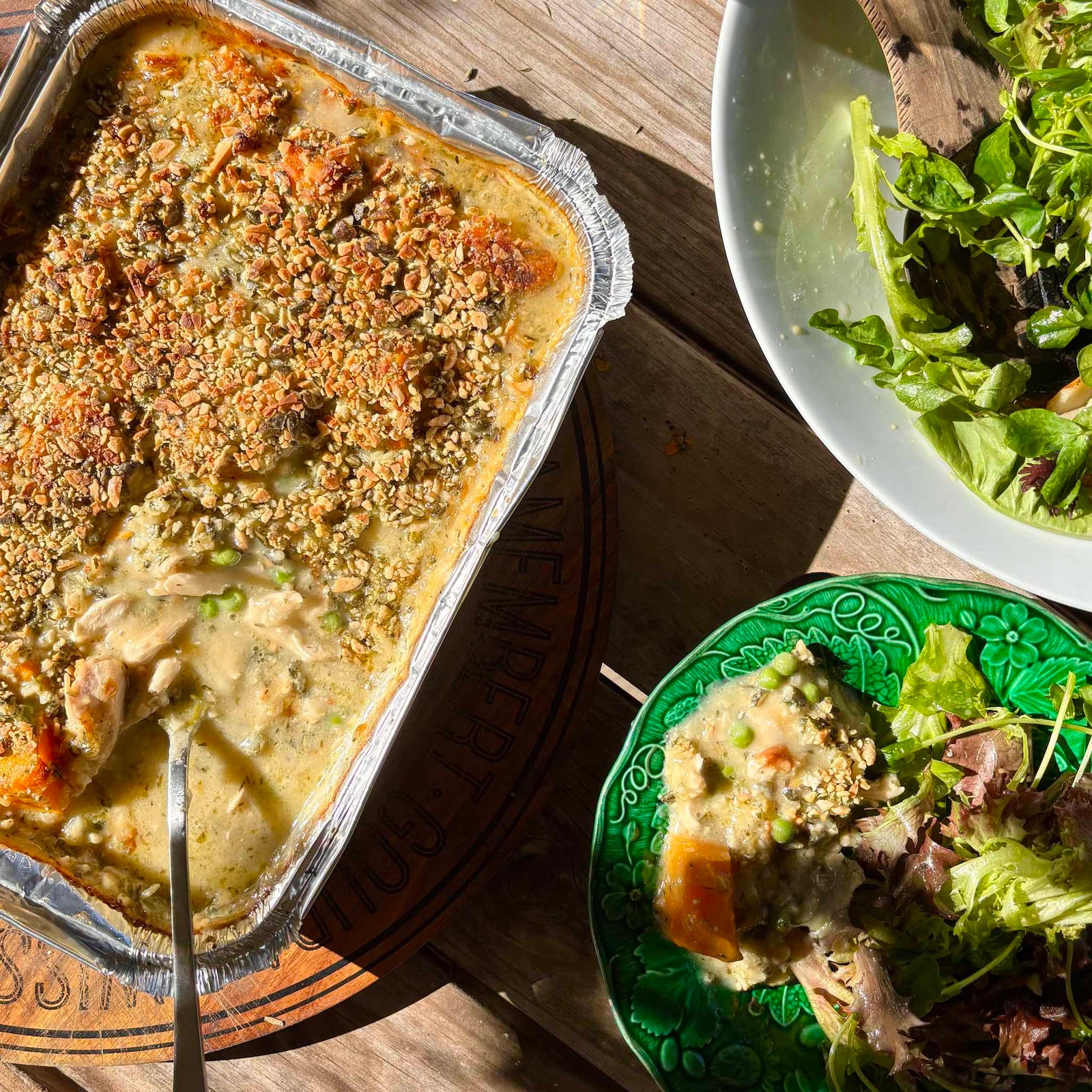
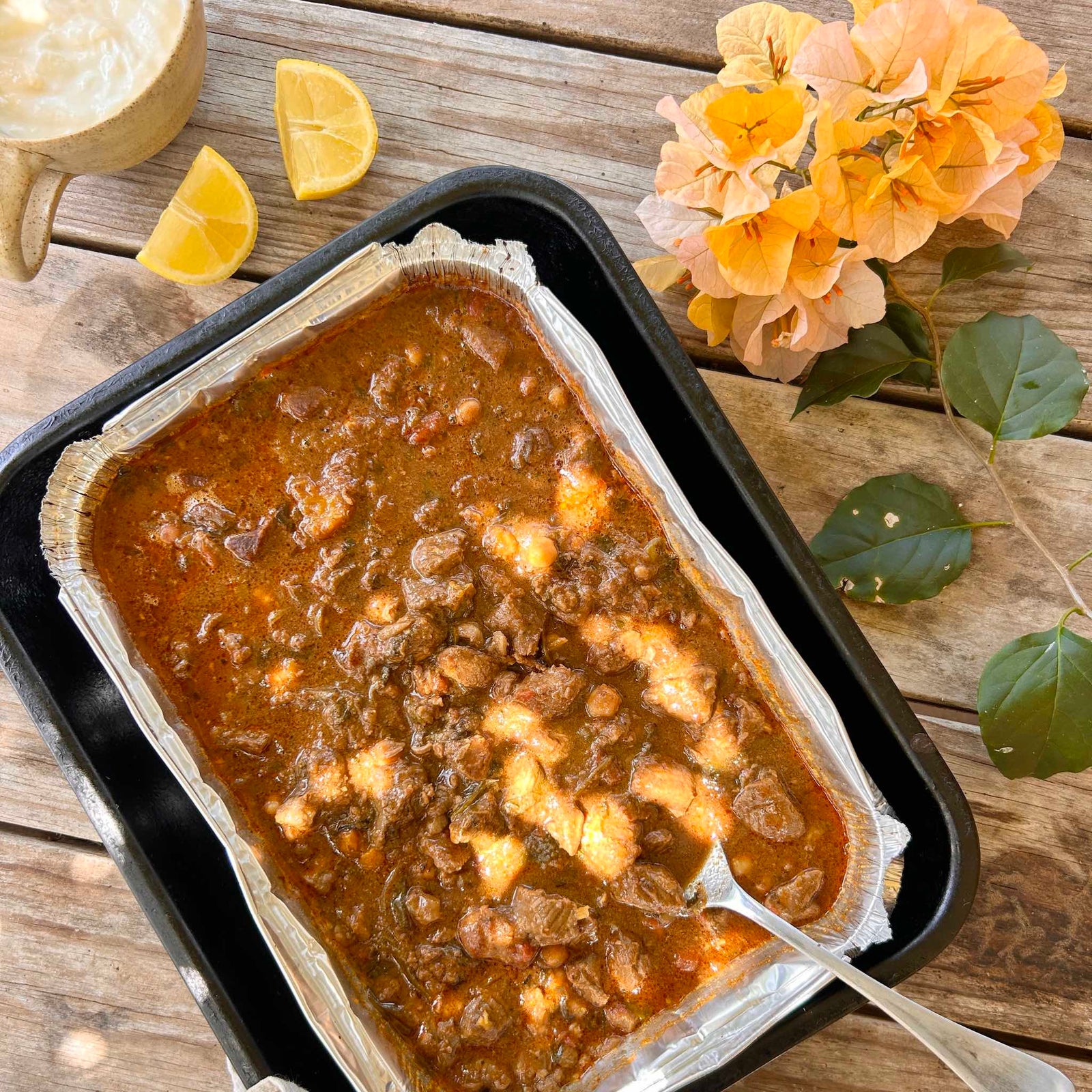

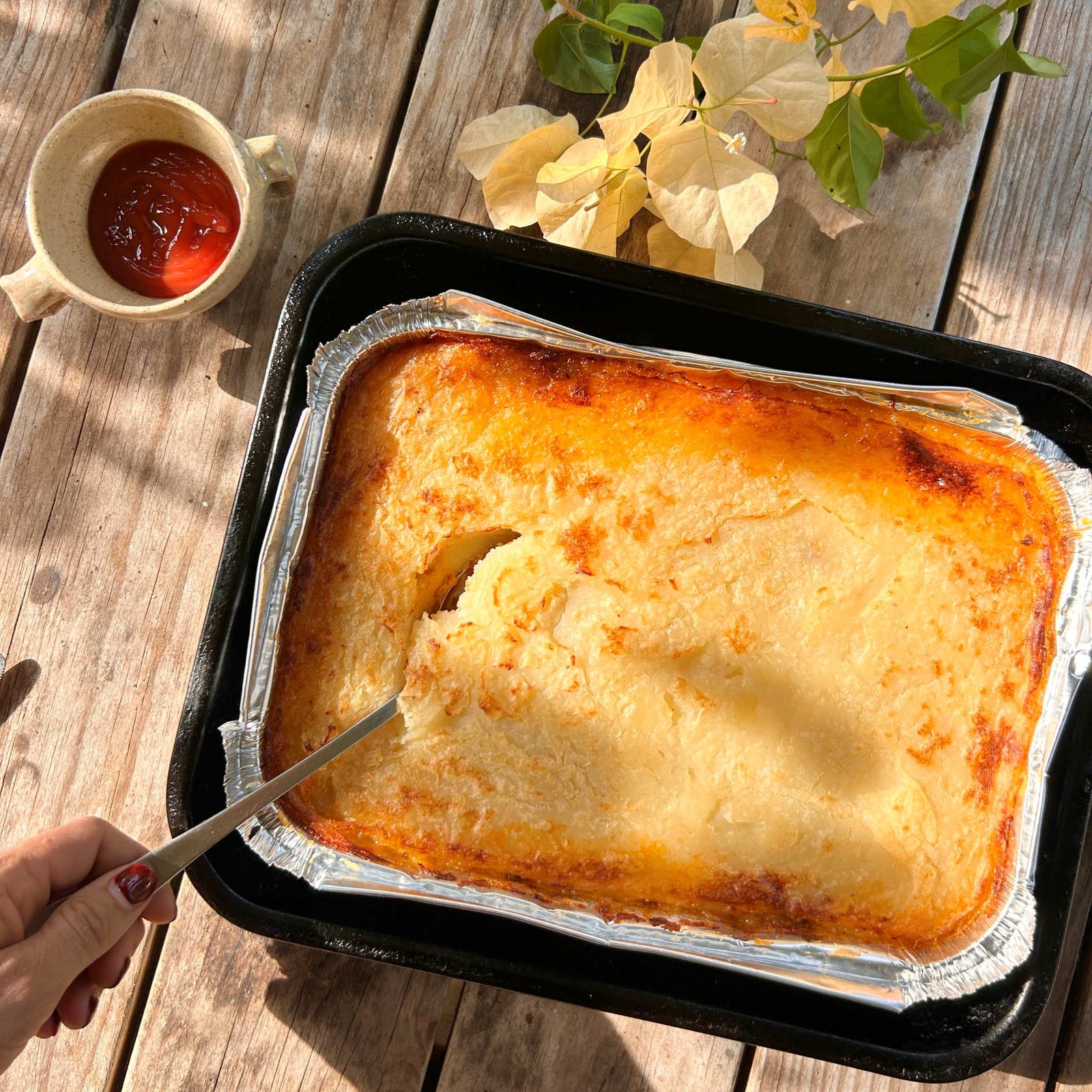

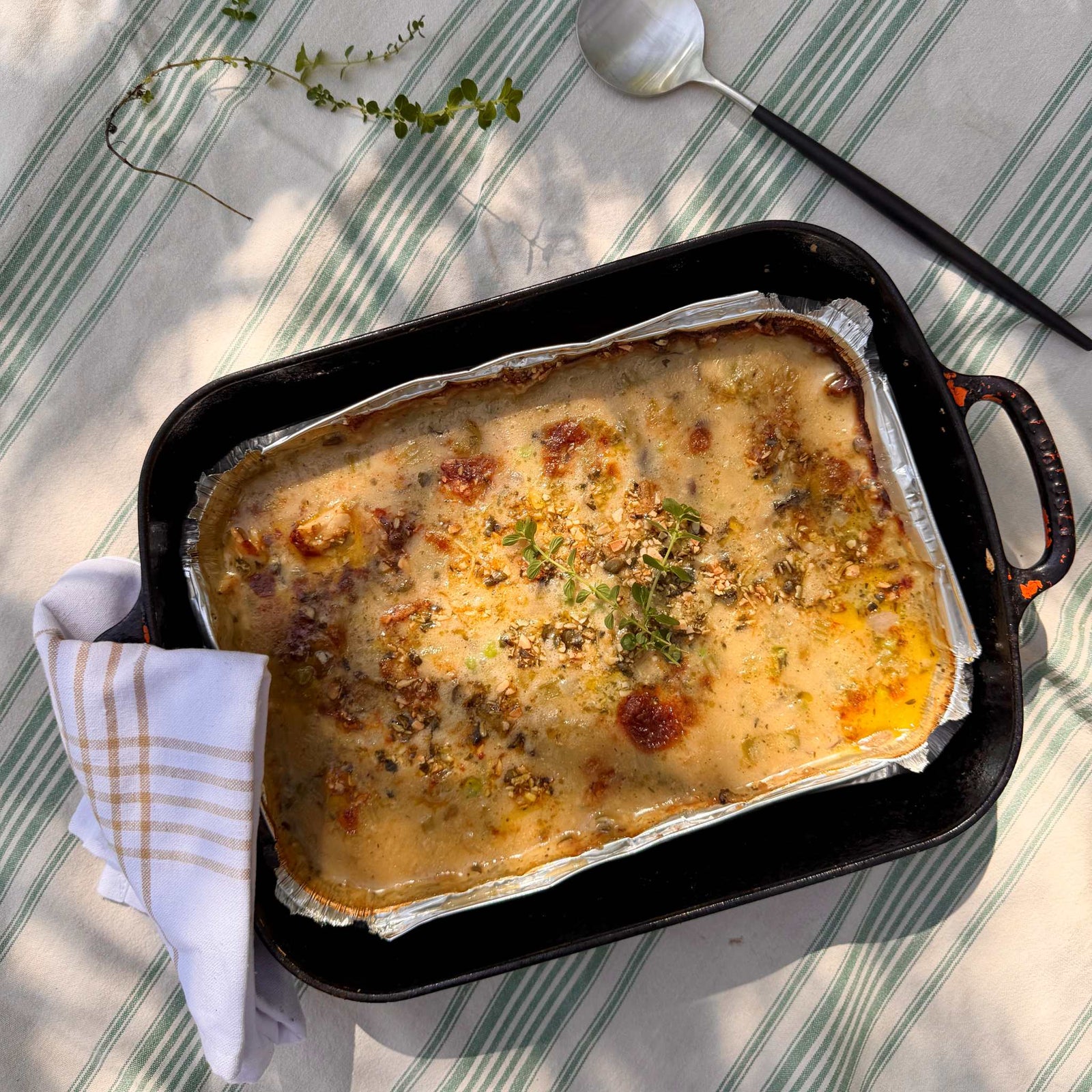

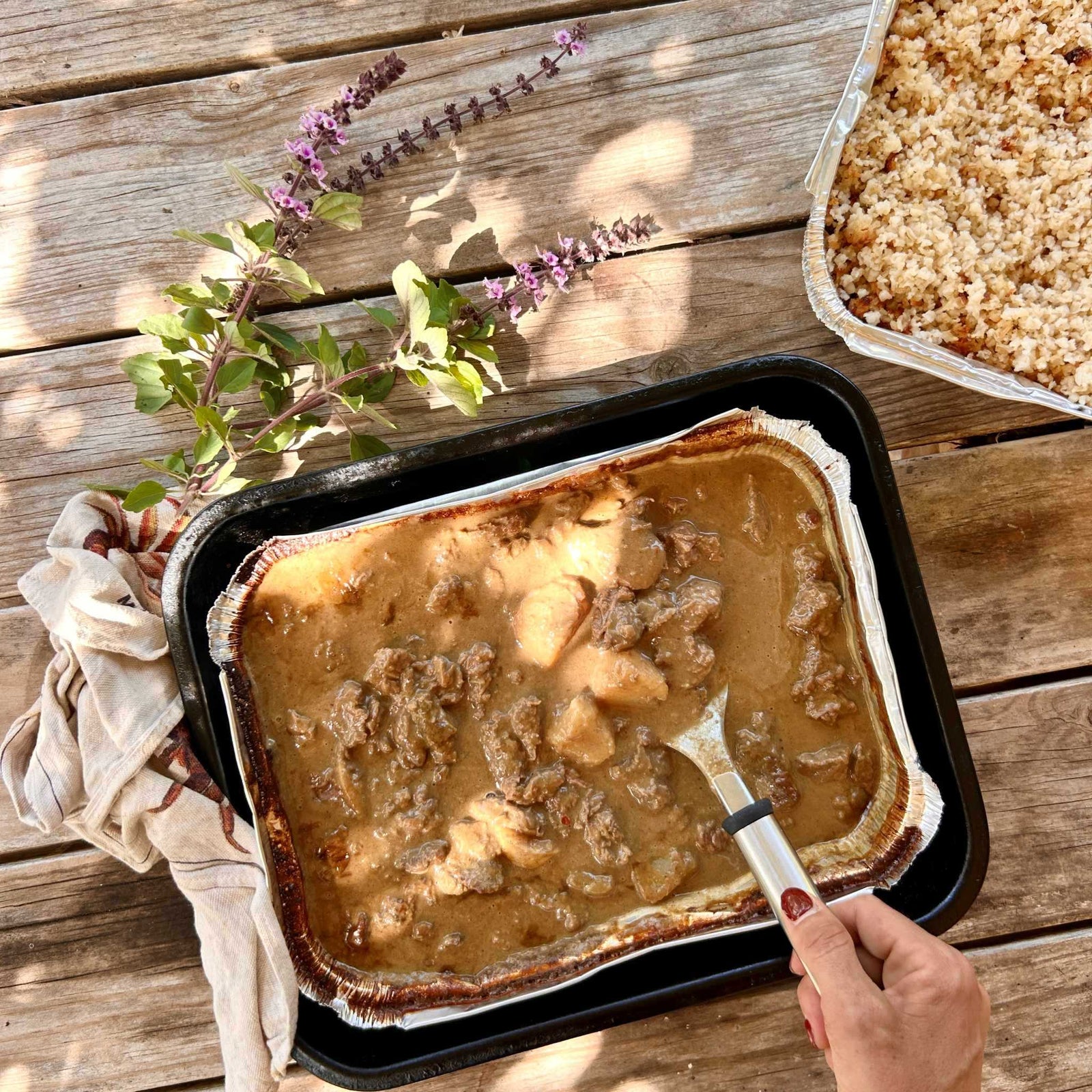

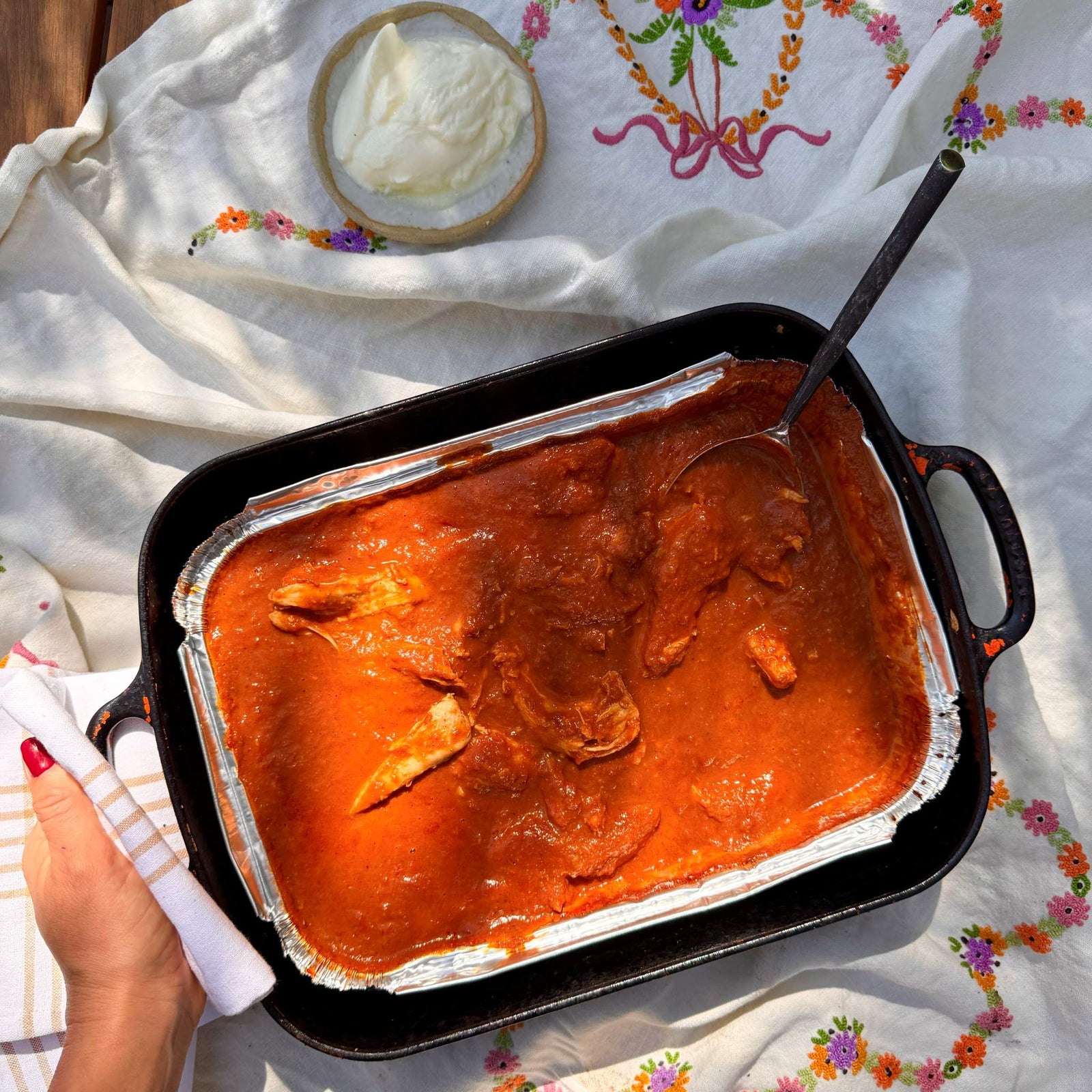

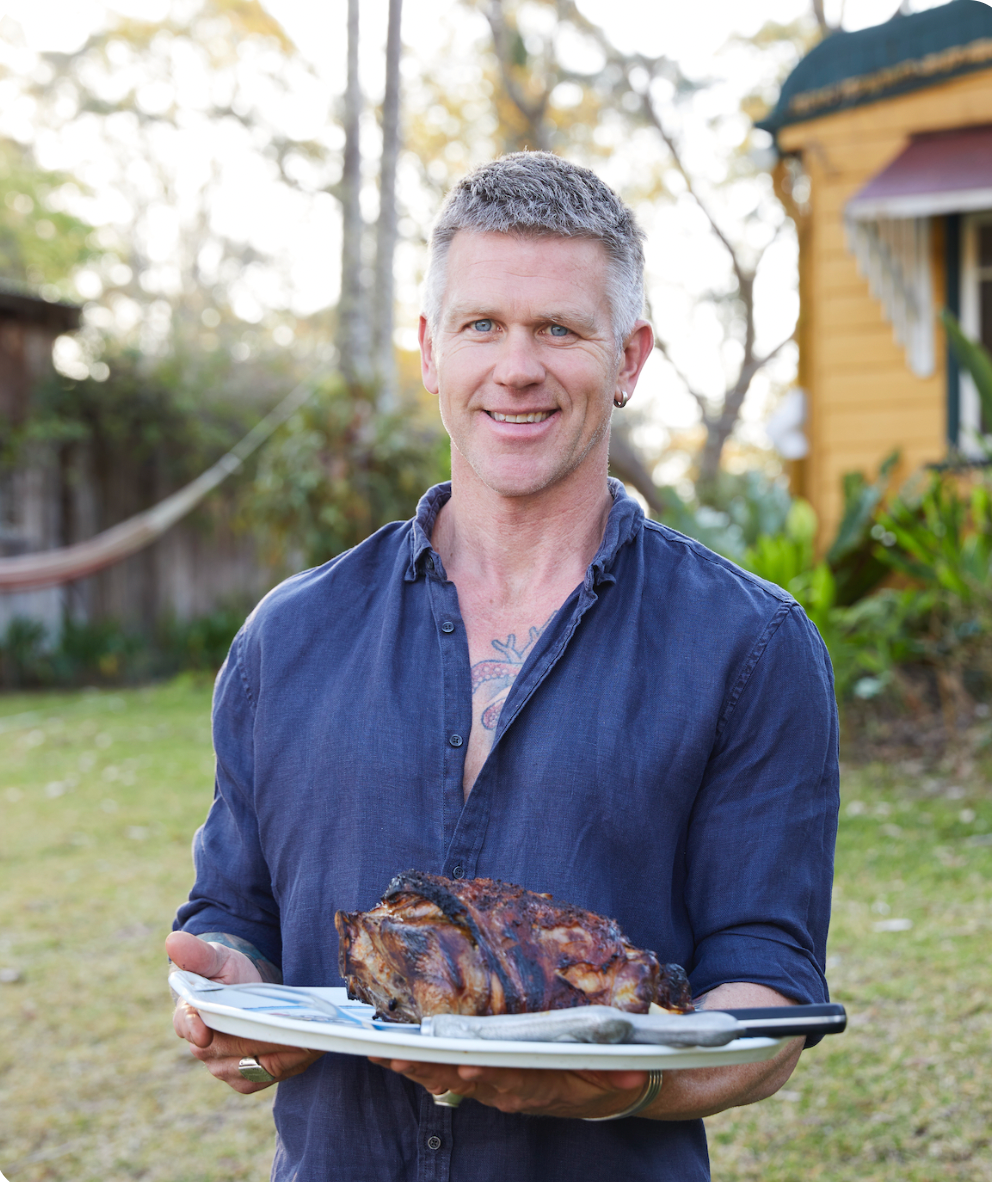
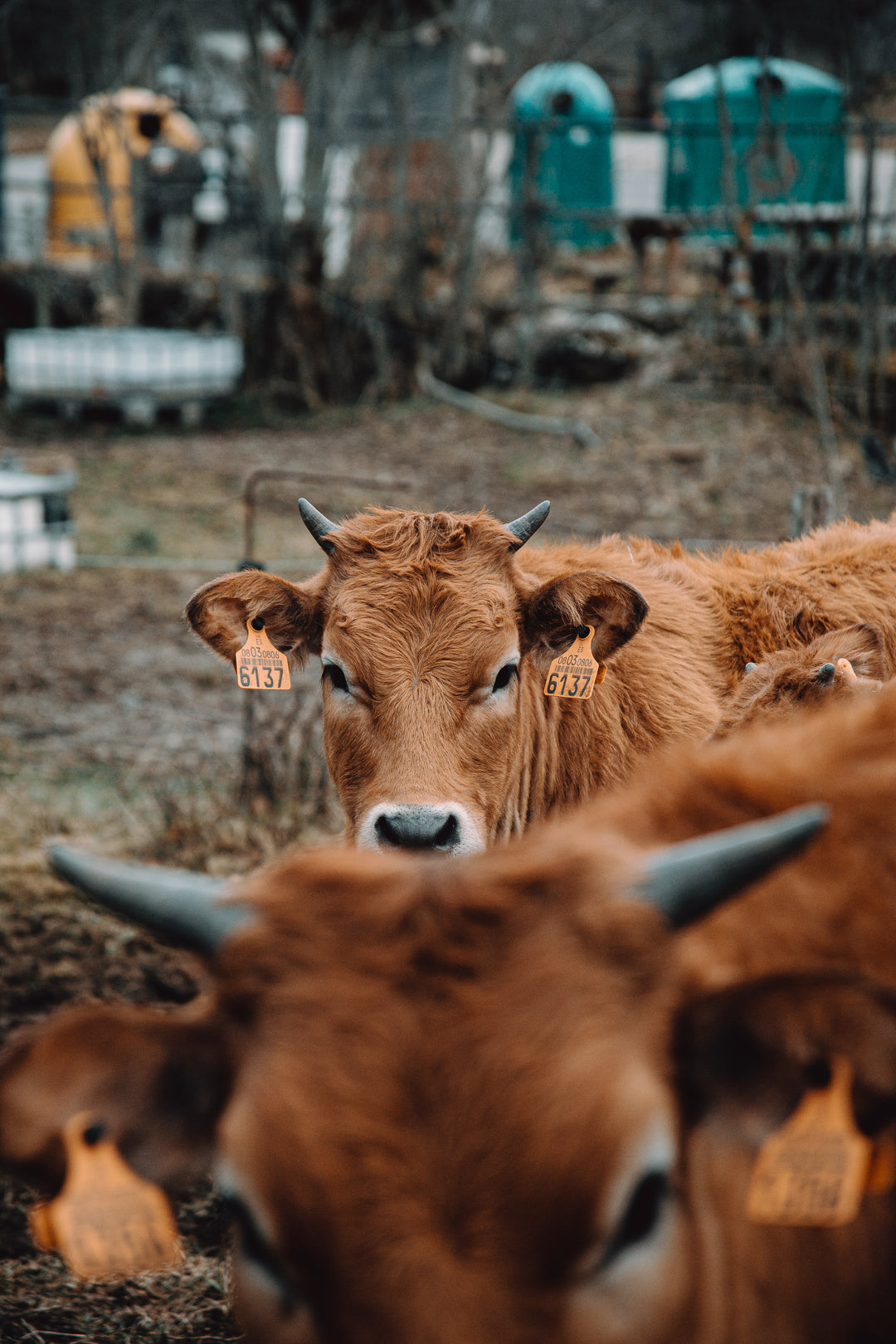
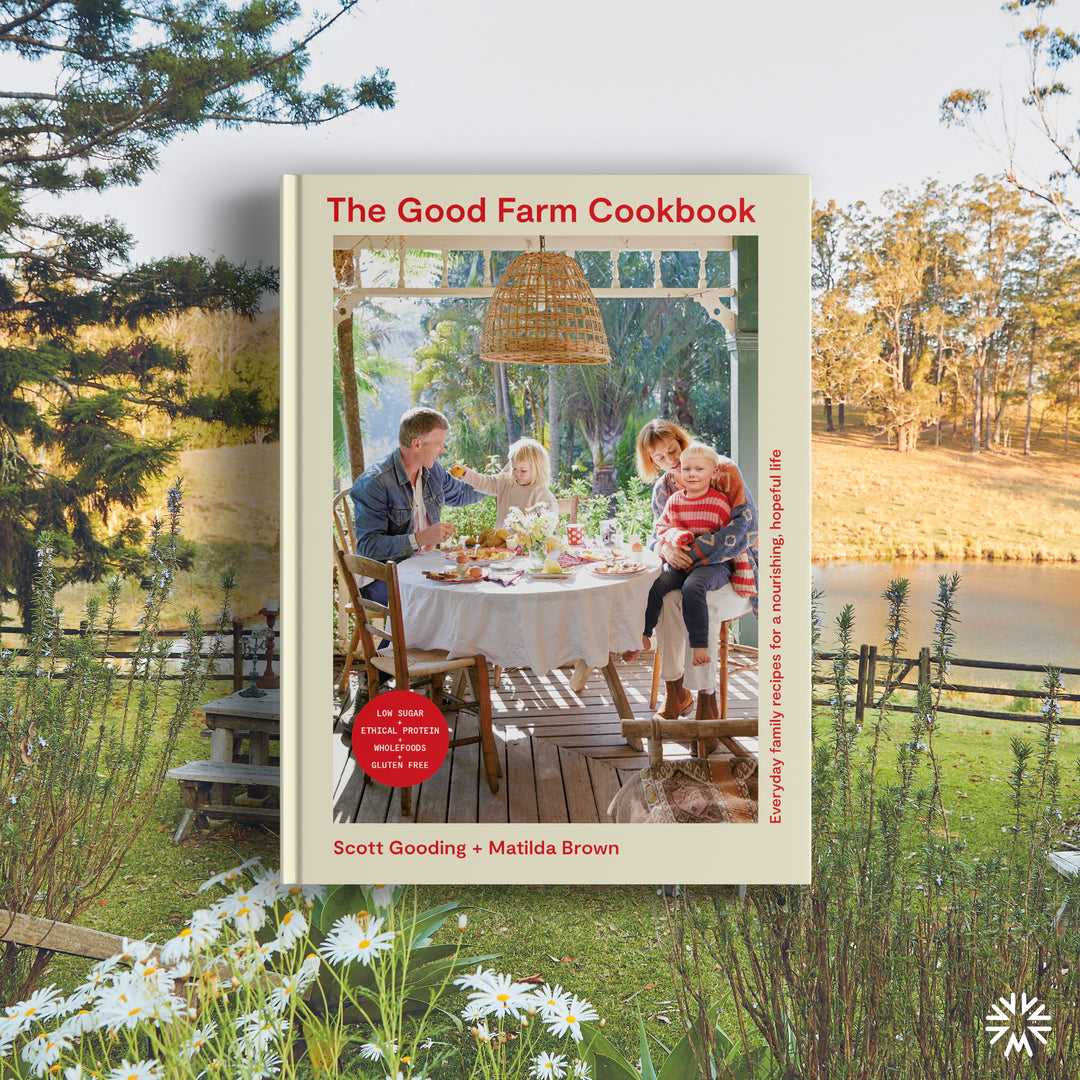
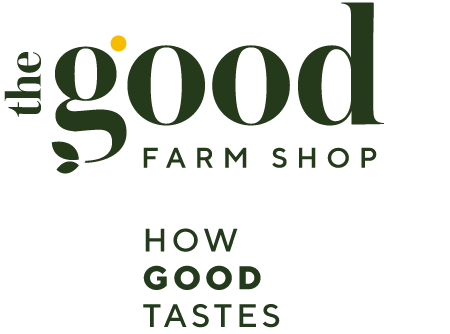
So pleased I read your email on grass finished products. I’ve been researching carnivore/keto type diet recently but never realised how animals are raised makes a huge difference, to the animals as well as the environment. I now know which way I’ll be going from now on.
Thankyou
Leave a comment